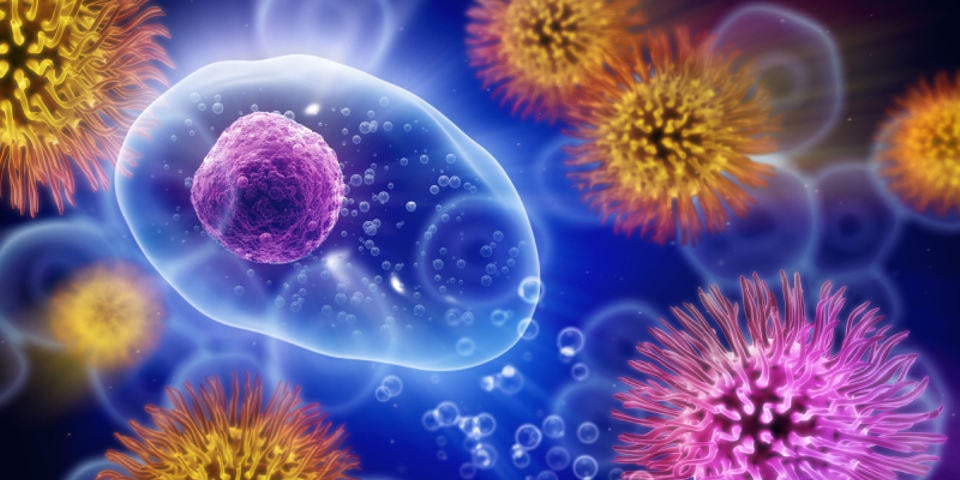- Viruses gain access to the host through skin and mucous membranes, and via the respiratory, gastrointestinal, and genital tracts.
- Their virulence or lack of it may be determined by very small mutations in the genome.
- Viral infection of cells may result in lysis, fusion and syncytium formation, the appearance of inclusion bodies, or, in some instances, transformation to cells with characteristics of malignancy.
- Infections caused by viruses are localized at or near the site of entry or generalized to involve one or more target organs.

- In generalized infections a common pattern of spread during the incubation period is site of entry? local lymph nodes? primary viraemia? liver, spleen, bone marrow? secondary viraemia? target organ.
- In humans, viral infections follow various basic patterns: acute non-persistent, acute followed by persistent latent infection, and chronic with continued shedding of virus.
- Very rarely, papovavirus, measles virus, and prions cause long-lasting, fatal disease of the CNS.
- During the course of infection, viruses are shed from the primary site of multiplication, or—with the exception of the CNS—from target organs, and are then free to infect other susceptible hosts.
- The Ro number is the average number of secondary cases generated by one primary case in a susceptible community; it may be useful in predicting the course of an epidemic.
Interesting Science Videos
